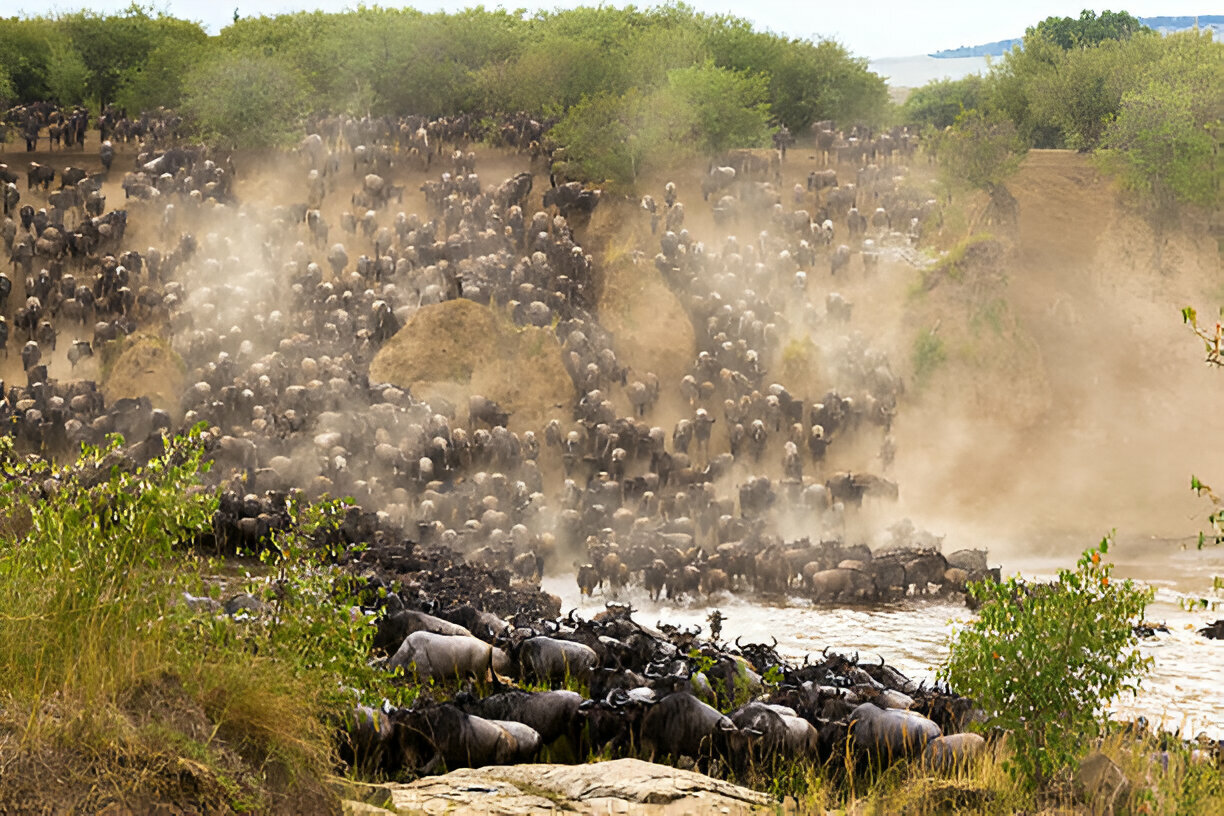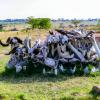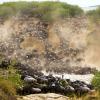Tanzania Safari cost
The cost of a Tanzania safari is influenced by various factors that shape the overall price of the experience. These factors include the type of safari, the level of accommodation, the length of the safari, the time of year, and the specific parks and regions visited. Each of these elements contributes to the price in different ways, offering travelers a range of options depending on their budget, preferences, and desired experience.
Cost to Tanzania Safari
1. Budget Safari
Cost per person per day: $200 to $400
Features
- Group tours, camping, and budget lodges.
- Often self-guided or led by a local guide.
- Lower-cost meals and accommodations.
2. Mid-Range Safari
Cost per person per day: $400 to $600
Features
- More comfortable accommodations, such as tented camps and lodges.
- Smaller groups, often with a dedicated guide.
- All-inclusive options with meals and park fees.
3. Luxury Safari
Cost per person per day: $600 to $1,500+
Features
- Exclusive, high-end lodges, luxury tented camps, and private game drives.
- Gourmet meals, premium services, and private guides.
- Personalized itineraries with luxurious amenities.
4. Private Safari (Custom Itinerary)
Cost per person per day: $500 to $1,500+
Features
- Tailored safari experience based on your preferences (e.g., types of animals, special locations).
- Private guide and vehicle.
- Flexibility to customize the route and accommodations.
Additional Costs to Consider
Park Fees: $50 to $100 per person per day (varies by park and conservancy).
Flights: International flights to Tanzania typically range from $500 to $1,500 depending on the origin.
Transfers: Depending on the package, transfers from the airport to safari locations could be an additional cost.
Safari Add-ons: Activities like hot air balloon rides, walking safaris, or cultural experiences can add $100 to $500+ per activity.
Key Factors That Determine the Cost of a Safari
Type of Safari
The style of safari you choose plays a major role in determining the price. For example, safaris can either be group-based, where the costs are shared among participants, or private, where you get personalized services and flexibility. Group safaris are typically more affordable as the costs (vehicle, guide, and park fees) are divided among many people. In contrast, private safaris provide an exclusive experience with a dedicated guide and vehicle, which naturally raises the price.
Accommodation and Comfort Level
Accommodation is one of the largest components of a safari's cost. Basic safaris often involve camping or staying in budget lodges, which offer fewer amenities but provide a closer connection to nature. Mid-range safaris generally include stays in comfortable lodges with an-suite bathrooms, good meals, and better facilities. For those looking for the ultimate experience, luxury safaris feature high-end lodges and tented camps with private bathrooms, premium services, and personalized attention.
Duration of the Safari
The length of the safari also directly affects the total cost. Shorter safaris, typically lasting three to five days, tend to cost less because they involve fewer nights of accommodation, fewer park entry fees, and less time for vehicle rentals. However, even shorter safaris can still be expensive depending on the type of accommodation and park visited.
Time of Year
Seasonality is another significant factor in determining the cost of a safari. The high season, typically from June to October, coincides with the dry season, making wildlife sightings more predictable as animals congregate around water sources. During this time, safaris are in high demand, and prices tend to be at their peak. This period also aligns with the Great Migration in the Serengeti, which attracts travelers from around the world, further driving up costs.
Parks and Regions
The specific parks and regions you visit will also impact the cost of your safari. Some of Tanzania’s most famous parks, such as Serengeti and Ngorongoro Crater, are premium destinations due to their wildlife density, unique landscapes, and high visitor demand. Visiting these parks typically results in higher entry fees, as well as more expensive accommodations due to their popularity and prime location.
Additional Activities
Safari packages often include extra activities that can further increase the price of your experience. For example, a hot air balloon ride over the Serengeti or a walking safari with an expert guide are experiences that add to the excitement but come with an additional cost. Cultural experiences, such as visiting local villages or engaging with indigenous communities, also contribute to the overall price. These add-ons allow for a more customized experience but will increase the total cost of your safari.
Transportation
Transportation costs are another crucial factor. The safari vehicle, whether it’s a shared vehicle for group tours or a private 4x4 for exclusive trips, is a significant part of the safari cost. Private safaris or custom itineraries require vehicles with better amenities and often cost more than shared tours. Additionally, if you’re visiting multiple parks, you may need to factor in the cost of domestic flights or long-distance drives between regions, which will add to the overall price of your trip.
Understanding these factors helps you to select the safari that aligns with your budget and desired experience. Whether you choose a budget-friendly group tour or an exclusive luxury adventure, each aspect of the safari contributes to the overall price.




